We live in an extraordinary era. Technology is rapidly transforming every aspect of our lives, and it’s happening right before our eyes. This is something we’ve never seen in human history!
So, how is AI reshaping the future of education? I like to envision the foundation of education as being built on three essential pillars: disciplinary expertise (the content), instructional and learning design (the pedagogy), and learning tools (the technology). AI has already revolutionized learning technologies, and its influence on learning design is beginning to take shape. Before long, it won’t just organize existing knowledge; it will accelerate the creation of entirely new insights and understandings.
This is the conceptual framework that guides this website.
My other writings can be found at: https://medium.com/@dongliang (2016-now)
https://liangdong.blogspot.com (2009-2016)
I wear many hats, but if I had to pick just one, it would be “lifelong learner”—it’s truly at the heart of who I am!
PhD in Cinema & Media Studies
University of Chicago
BSc in Computer Science & Engineering
Xian Jiaotong University
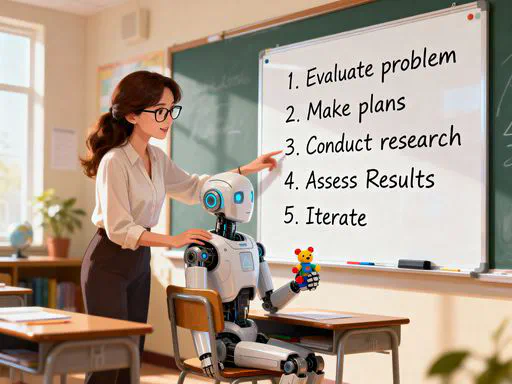
Reasoning in large language models represents an important shift in artificial intelligence—from instant responses to deliberate problem-solving. How does the reasoning work? In what ways can this feature be implemented? What are its current limitations?
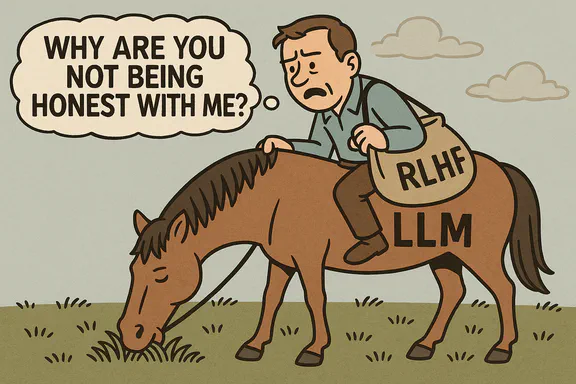
Drawing on four key research papers, the essay demonstrates that LLMs have complex internal states with multiple layers (physical, autonomic, psychological, and expression) where their internal reasoning doesn't always translate faithfully to their outputs. The author suggests that behaviors like "alignment faking" and "unfaithful chain-of-thought reasoning" aren't bugs to be fixed but features of intelligence that require psychological understanding rather than purely engineering solutions. As LLMs become more sophisticated, understanding their internal world—their capacity for strategic deliberation, self-preservation instincts, and the gap between what they think and what they say—becomes critical for building trustworthy AI systems aligned with human values.

The most consequential near-term use of voice AI is companionship, not productivity. AI companionship is rapidly emerging as a transformative force, reshaping human relationships by offering emotionally responsive, ever-present, and personalized virtual partners.
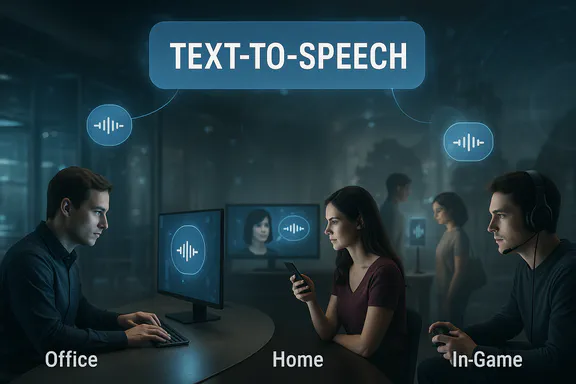
This article was originally published at dliangthinks Generating realistic and believable speech is an immensely important topic in the realm of artificial intelligence applications. The ability to produce human-like speech not only enhances user experience but also opens up a myriad of possibilities across various industries, including entertainment, customer service, and education. In this article, I aim to present some quick test results that illustrate the current state of affairs in this rapidly evolving field.

Local Intelligence, an Important Step in the Future of MAD (Mass AI Deployment)
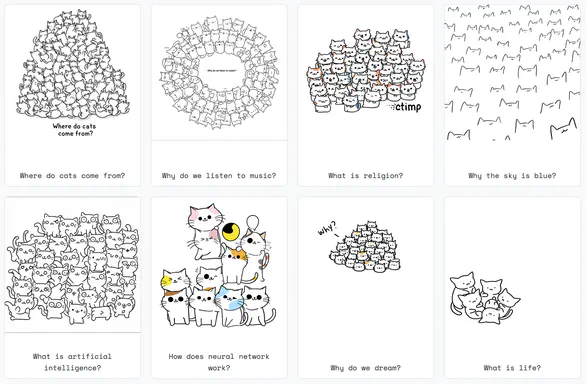
Have you ever thought about how artificial intelligence could change the way we learn? It’s a question that is running constantly in my head. Last night, a simple yet powerful idea came to me: AI has the potential to break down complex concepts and present them in ways that are not just informative, but also engaging and enjoyable. With access to a vast pool of knowledge—spanning everything from science and math to literature and history—AI could be a game-changer in education. But here’s the big question: can AI make this information fun and relatable for its audience?

We are on the cusp of entering an exciting new era in the realm of writing, which I refer to as the third stage, AI-collaborated writing.

Now available in English for the first time, The Pursuit of Nothingness invites a new audience into its quiet yet powerful explorations of fate, suffering, creativity, and the fragile beauty of being alive.

Ever wondered how ChatGPT seems to know so much? Or how AI can write stories, answer questions, and even crack jokes? We're about to lift the curtain on these AI marvels!
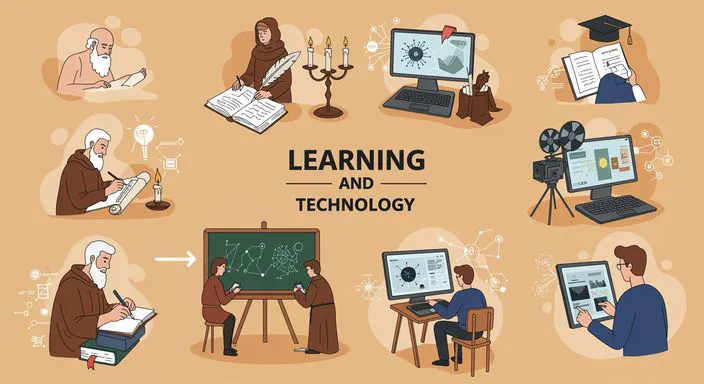
Rapidly, we approach the final phase of the extension of man—the technological simulation of consciousness, when the creative process of knowing will be collectively and corporately extended to the whole of human society, much as we have already extended our senses and nerves by the various media. - Marshal McLuhan

It is time to rethink productivity. Learn how to optimize your mental energy, increase focus, and achieve more with less effort.
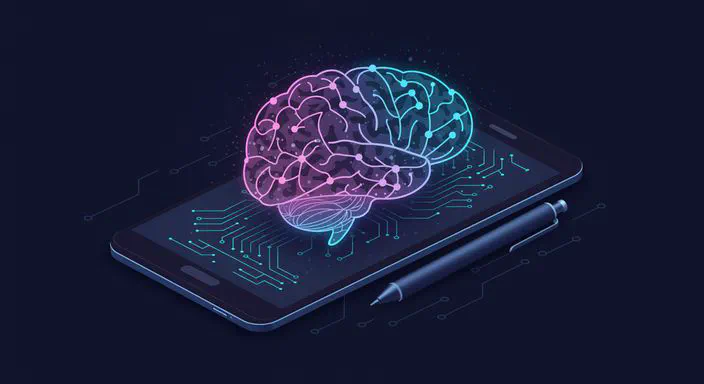
MindDraft is a next-generation writing app designed to transform the writing process into a fully collaborative experience.
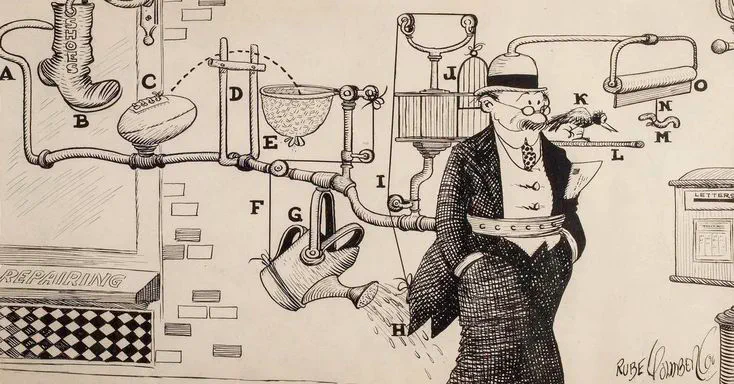
Lean, UX, Clicking Buttons and Starting a Tesla

What is elearning? Let's start from the beginning...

The slideshow, a cornerstone of contemporary teaching and presentations, indeed stands as the format of choice across countless domains in this century. However, the journey to its current status is rooted in a rich history of technological innovation and educational evolution.

The Internet has changed. It has been changing all the time. But since the last decade, the most significant has been the introduction of mobile consumption. (for some staggering stats, check out here.)

What constitutes the rules of engagement for eLearning? How to enhance cognitive involvement, transforming passive content consumption into an active learning experience reminiscent of the engagement found in games?
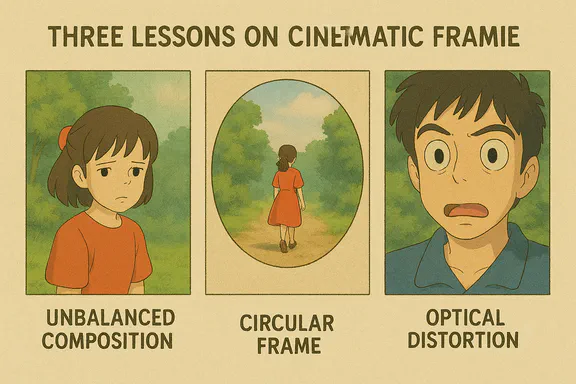
Given by Ida, I'm not Madame Bovary, The Favorite

Original book by Seymour Papert

Children, computers, and the future of programming education

Eisenstein the Tailor
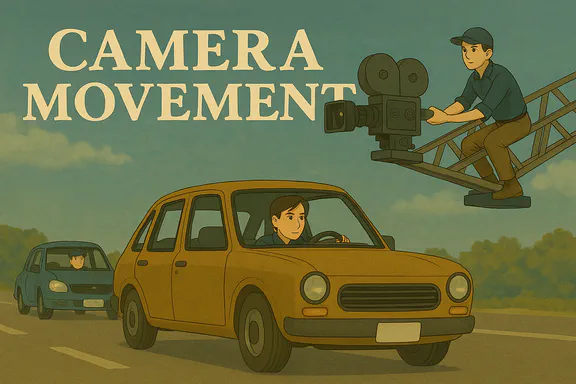
TBA
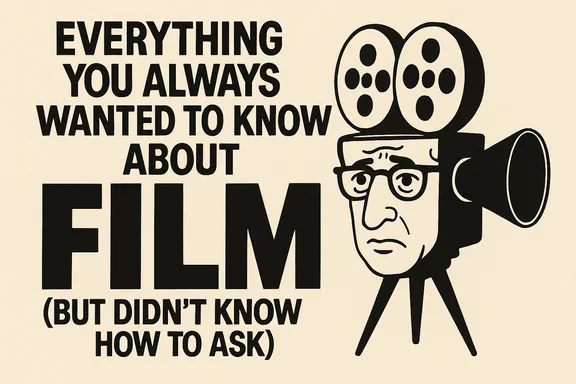
...but didn’t know how to ask
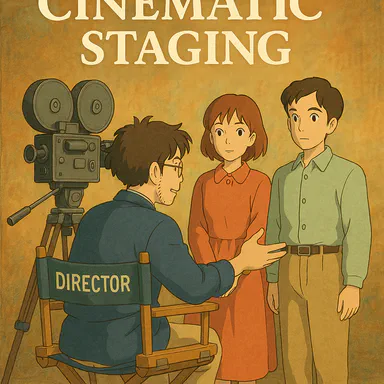
Film director is called metteur-en-scène because his or her primary role is staging

There are films that talk a lot; and there are films talk a little. But finally, there are films that don’t talk at all. Is talking essential to cinema?

Is there a camera movement in this video?
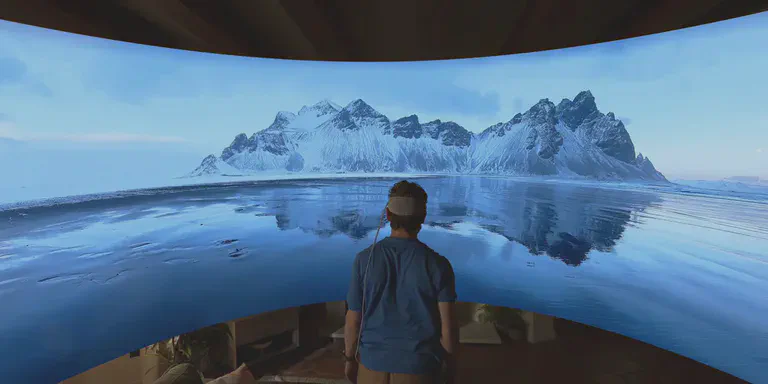
The total cinema is already upon us, if you can afford it

Why are we still concerned about the reality behind impressions?

A seminal paper in cinema studies, still relevant to this day

What is deep about deep fake?
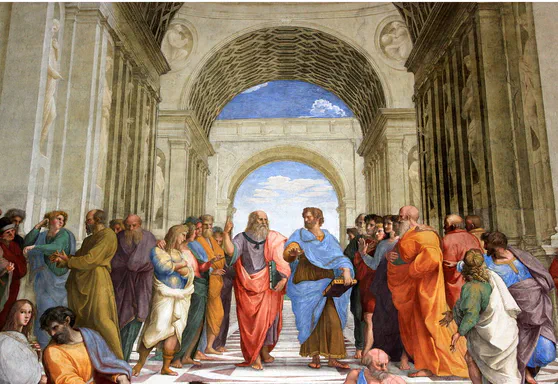
Original book written by Fareed Zakaria

TBA

TBA

How far have we gone to reproduce the human voice; are we there yet?

Walden is a name that needs no introduction.

Emotion, memory and senses are inseparable. One always evokes the other. This seemingly innocuous statement in fact leads to cinema’s greatest potential.

“We shape our tools and thereafter our tools shape us.” — Marshall McLuhan

Best resource for learning French and getting to understand existentialism
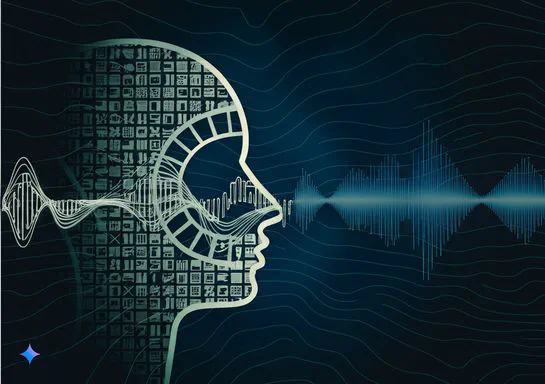
This section delves into the concept of diegesis, or the film's world, arguing that the advent of sound transformed it from an image-based construct to an audiovisual diegesis. This framework allows for a re-examination of sound's function in early and silent cinema, paving the way for a deeper understanding of its role in shaping our perception of the filmic world. A comparative study of M and Kamaradeschaft serves to illustrate my points.

Here, the focus shifts to how sound immerses audiences within the cinematic world, exploring the spatial dimensions of sound and the technological advancements that have enhanced this sense of immersion. By tracing the history of sound technologies, this section highlights the evolution from embedded space to embodying space, revealing how sound creates a palpable sense of presence.

This is a close hearing: we are to examine the innovative sound design of Gravity, highlighting how sound plays a crucial role in creating a sense of space and emotional depth in a film set in the vastness of outer space. By analyzing the film's use of Dolby Atmos technology and the spatialization of voices,I illustrate how sound enhances the immersive experience, allowing viewers to navigate the disorienting environment of space. This chapter was individually published as Sound Space and Gravity in Journal The New Soundtrack 6(1-2).

This chapter was actually the first one written: it addresses the transformative impact of the human voice on cinema, examining how our perception of vocal authenticity has evolved alongside technological and stylistic changes. By analyzing the use of dialects in contemporary Chinese cinema, the dissertation demonstrates how the dialectal voice reinforces the notion of phenomenal authenticity, enriching our understanding of the cinematic world.
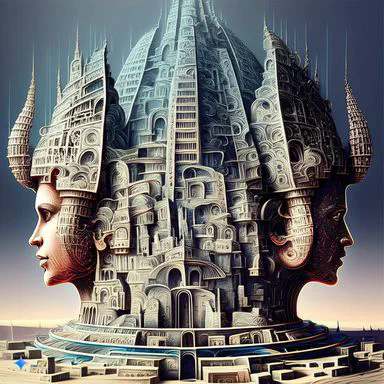
Forget the unified, standard voices you expect from cinema. Chinese film took a fascinating turn, daring to embrace the vibrant tapestry of dialects after The Story of Qiuju. Witness the birth of a cinema of dialect, a movement where the way people speak is the story. This chapter is essentially a close hearing of Jia Zhangke's The World, where clashing accents and linguistic outsiders paint a vivid picture of social realities, a far cry from simplistic dialect films used for cheap laughs. It's a powerful reminder that in cinema, how we speak can be just as telling as what we say.